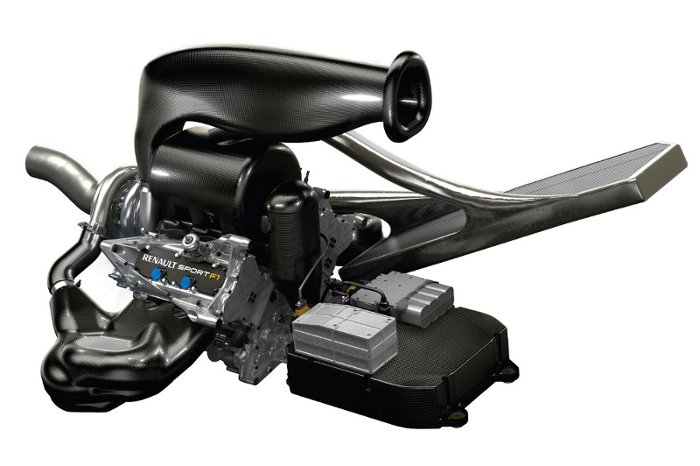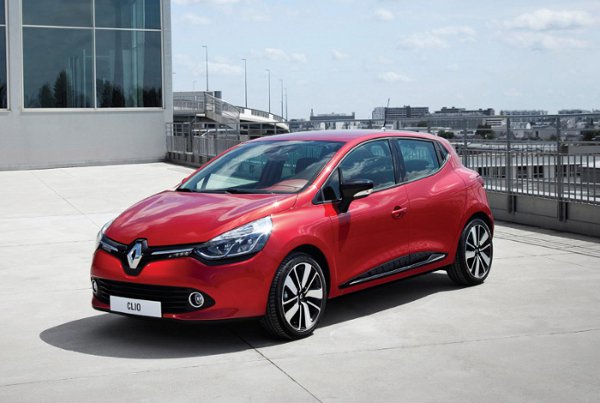Renault’s Formula One Technology Advances: Alex Goldschmidt, our Formula One reporter delivers his report.

(Image credit: Renault UK)
Over recent years, the on-going economic climate has been dictating with the increase of costs when it comes to fossil fuels that pump billions of tonnes of carbon dioxide into our atmosphere. However it was only a matter of time before both the automotive and motor sport industries would have to work hand-in-hand to find a more efficient system that would still provide a lot of performance, both on the track and on the road.
Renault is one of those manufacturers that show that both road car and racecar development do clearly work in parallel. The range of Energy engines that are currently produced across the plethora of cars Renault produce is a combination that really works to the strengths and requirements for the future both on and off the track. This is also due to employees from Renault Sport also compromising part of the outfit that look for that progressive next step and new future advances.
Technology has become even more complex, as the French car giant tries to pave the way forward for a more ecologically sound future for all, providing both performance and economy at the same time. Turbo charging is a technology that has been used over the past few decades, and has been instrumental in providing more performance from a smaller-capacity power unit, rather than having to depend on a normally aspirated alternative that will take up more space and weigh more.
In that respect, cars may be getting bigger when it comes to safety, but they also are lighter when it comes to the materials that car manufacturers are using when it comes to construction, which includes aluminium and carbon fibre in some cases.
Formula One is a really dynamic proving ground, when it comes to the technology that is put to the ultimate test at both high and low speed, with lightness being a crucial factor when it comes to lap times, but safety is never compromised, which sees the auto manufacturers following this trend even more.
We all can rave about our cars’ top speed and 0-60 times, but it all comes down to efficiency behind the wheel. Formula One is possibly going back to a trend we saw in the 1980s, when low-displacement turbocharged engines produced in the region of 1200bhp at the rear wheels. This, however, is met with the alternative solutions to provide even more performance in the modern era of racing.
The Kinetic Energy Recovery System, as well as the Thermal Energy Recovery System, which uses the expelled waste air from the turbochargers to provide a further boost of nearly 200bhp to the rear wheels of the new cars we will see on the Formula One grid next season, helps to provide the additional power that is generated.
The translation from road to track is rather pivotal, considering the fact that all car manufacturers have been set a target of around 130 g/cm2 for their entire passenger car ranges by 2020, so downsizing was a necessity to ensure these targets could be a realistic proposition. Because of the implementation of Renault Sport technical staff that was mentioned earlier, it really proves that Formula One is the ultimate proving ground for new efficient materials and technologies that can be passed on to modern road cars in a very short time scale.

The current Renault Sport RS27 V8 engine is just one of those F1 engines that redline at 18,000rpm, bringing with it an orchestra of octane-fuelled music, but there are just some of those integral parts that have been transferred to the “Energy” range of engines that are in the road cars Renault supplies to the general public, which includes the new Clio, Megane and Scenic.
You don’t just win 11 Constructor Championship titles in Formula One by just being the quickest, but you also have to factor in reliability as being a key component to success, and with that in mind, what ever is the best on the track will somehow eventually end up on the road….
Keep your eye on OSV Ltd for Alex’s report of the New Delhi Grand Prix next week.
